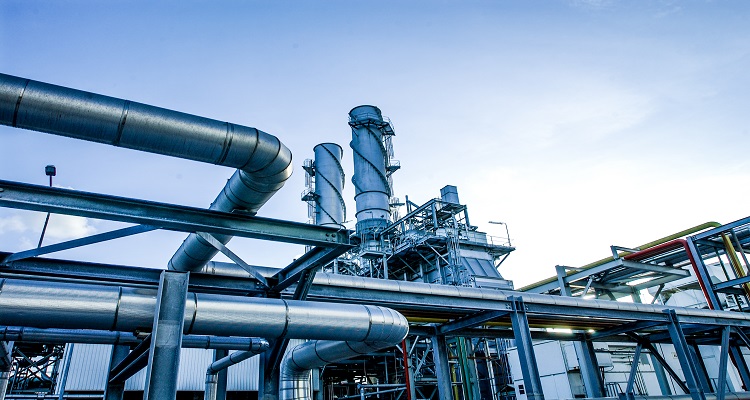The recent planned shutdowns of two major refineries for up to two months has underlined the need to minimise planned downtime, says an expert in flow control solutions to the oil and gas sector
A major refinery in western India temporarily powered down three units at the world’s biggest refining complex for several weeks from September for scheduled maintenance and inspection, while Portugal’s only refinery has been taken offline for October and November.
Jackie Hu, CEO of Automation at IMI Critical Engineering, commented, “While planned shutdowns play a critical role in pre-empting unforeseen equipment failure that could cause further downtime, legacy maintenance strategies are potentially prolonging time spent. Ultimately, more downtime equates to less output, which can materially impact both overall provision and margins.”
According to Hu, a considered combination of real-time asset monitoring and remote assistance solutions – including augmented reality and audio-visual diagnostic technology – combined with well-informed specification on critical flow control components, is key to minimising downtime at large or otherwise vital refineries.
To maximise the impact of these strategies, he is also encouraging refinery stakeholders to integrate the expertise of external OEMs such as IMI into planned outage work and preventative maintenance programmes. With production losses caused by unexpected shutdown extensions often costing several million dollars a week, the impact of this course of action on refinery cashflows could be huge.
“While many countries are working towards a more diverse national energy mix, fossil fuels remain vital to current energy provision,” he added. “Consequently, maintaining facility uptime should be an essential consideration for plant stakeholders.
“Proactive steps are required to safeguard the operational capacity of these facilities and bring maintenance strategies in line with what can be done, not just what has been the norm in the past. These include the granular analysis of key process components in real time, and the swift and effective replacement of impaired parts before they begin to negatively impact performance.”
For more information, please visit: https://go.imi-critical.com/insyt.





